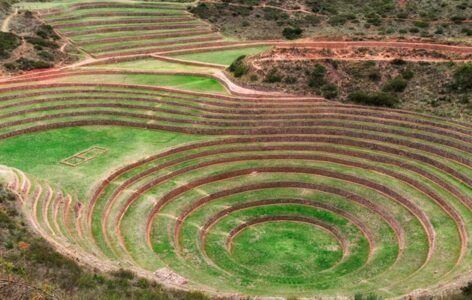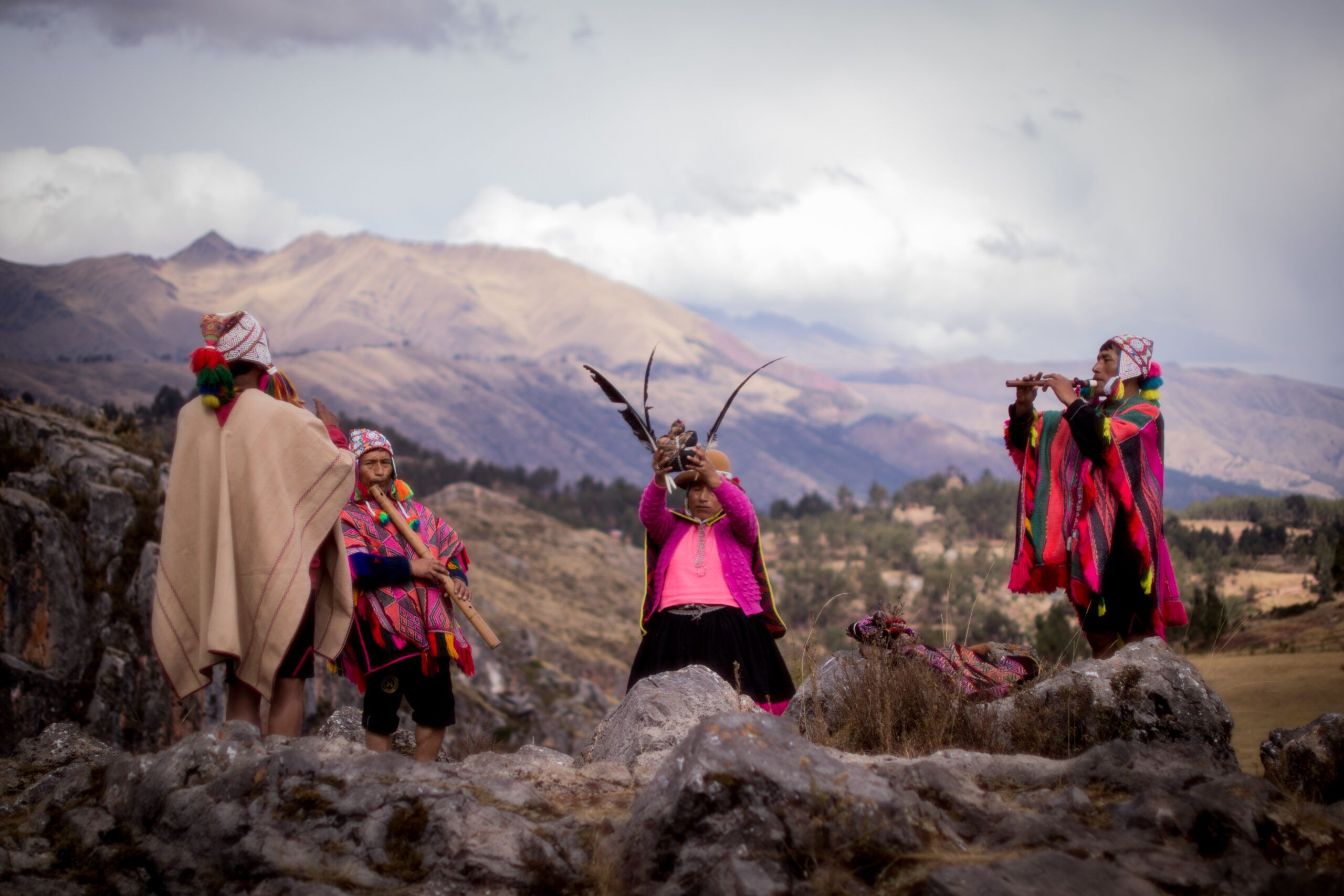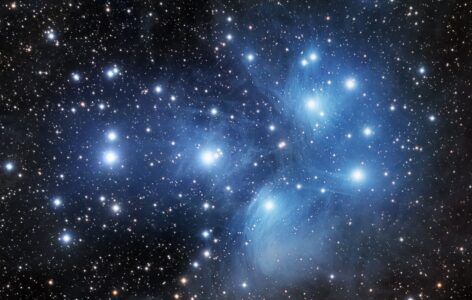The Apu Pachatusan: Protector of the World
The Apu Pachatusan rises 4,840 meters high to the east of Cusco. Many locals consider this mountain the grandfather of the ancient Inca city.
Its summit aligns with the Temple of the Sun (Qorikancha) and serves as an observatory for the sunrise during the equinoxes.
In Quechua, Pachatusan means “the one who supports the world” or “the pillar of the world.” Two other mountains, Senqa and Pillku Orco (now known as Picol), accompany it (Zecenarro, 2003).
Pachatusan for Rituals and Astronomy
There is no doubt about Pachatusan’s importance in ancient times as both a ritual site and an astronomical landmark. Inca myths frequently mention Pachatusan, often linking it to hidden gold (Sallnow, 1982).
One legend tells how the Inca ordered gold to be buried inside the mountain to calm the weather and ensure good harvests (Santacruz Pachacuti, 1950). Even today, locals believe a gold mine lies within its depths.
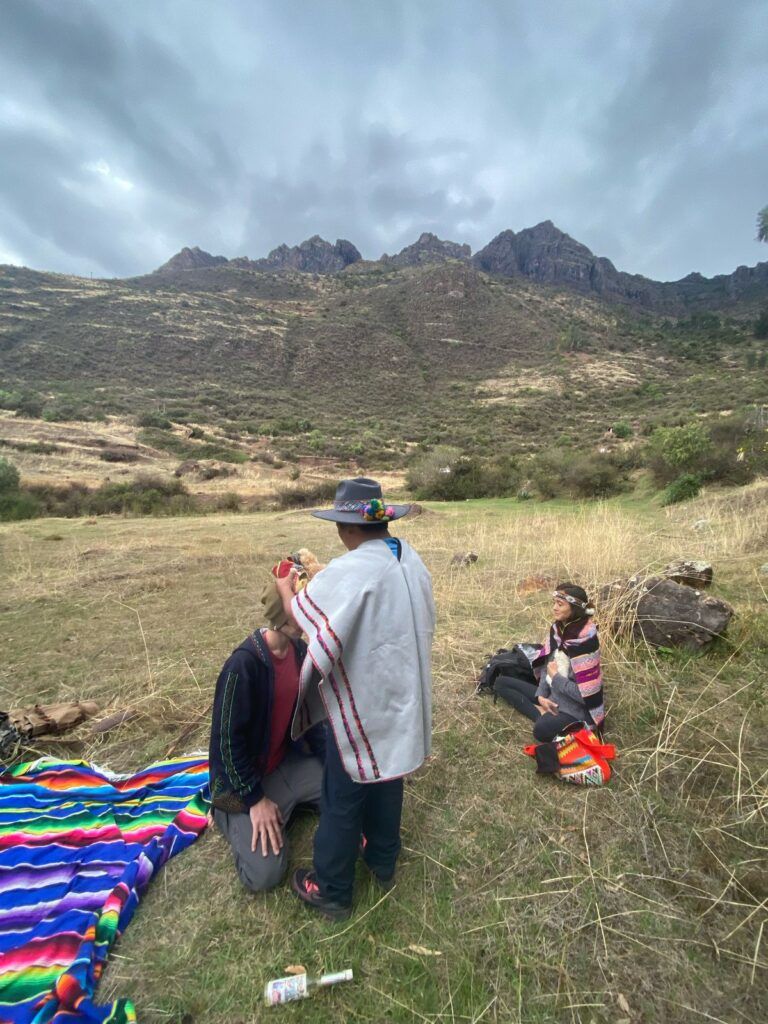
The Fusion of Inca and Christian Beliefs
The worship of this Apu later intertwined with Christian traditions, giving rise to the Sanctuary of Señor de Huanca on the mountain’s eastern slope. Today, the site includes a temple, lodging for pilgrims, and a monastery. Behind the sanctuary, three streams flow—known as the Water of Christ, the Water of the Virgin, and the Water of the Devil—each believed to have healing properties.
The Legend of Señor de Huanca
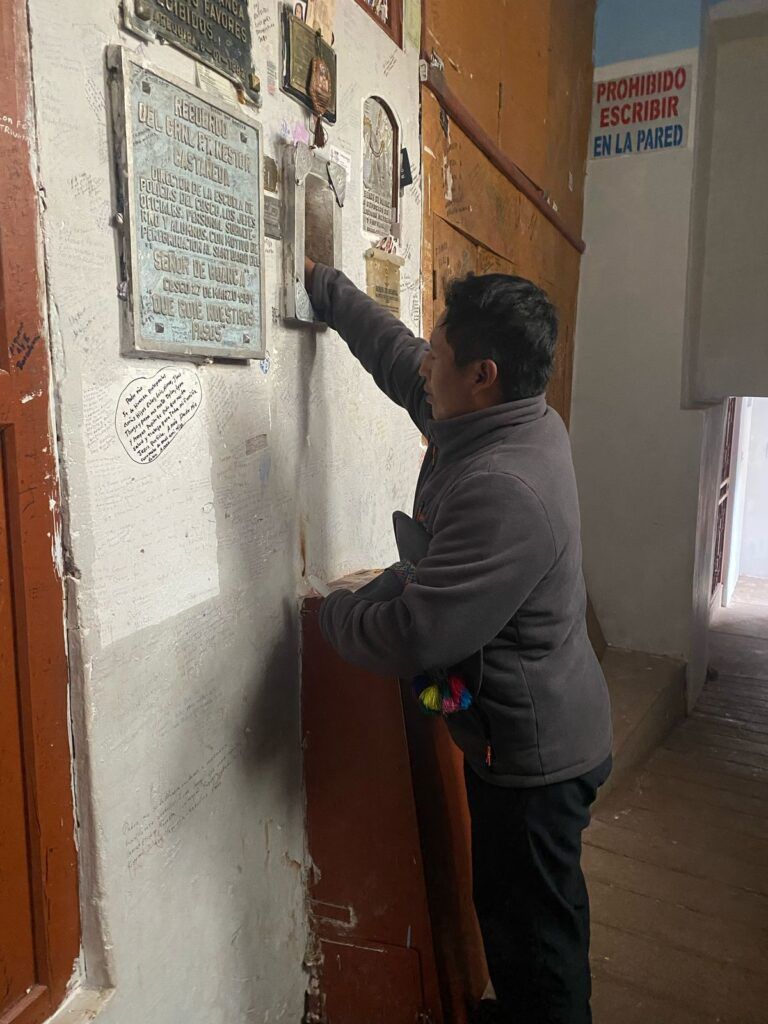
The original myth of the Christ Lord of Huanca tells the story of an Indigenous man named Diego Quispe. In May 1675, he fled to a cave to escape punishment.
At night, he saw a glowing light and a man bleeding from whip lashes. Later, in a dream, the man instructed him to build a place of salvation and love.
A figure of Christ was then painted on the rock, and a small chapel was constructed.
Long before Christianity, this rock was already a sacred waka (shrine), much like the mountain itself. Today, the Apaza family continues to perform cleansing rituals and other ceremonies here.
Author: Joan De la Colina Roman
References
- Zecenarro, German (2003). Apus tutelares y asentamientos del Cusco Preinca.
- Sallnow, M. J. (1982). A Trinity of Christs: Cultic Processes in Andean Catholicism.
- Santacruz Pachacuti, Joan (1950). Relación de Antigüedades deste Reyno del Piru (1615). In Tres Relaciones de Antigüedades.

